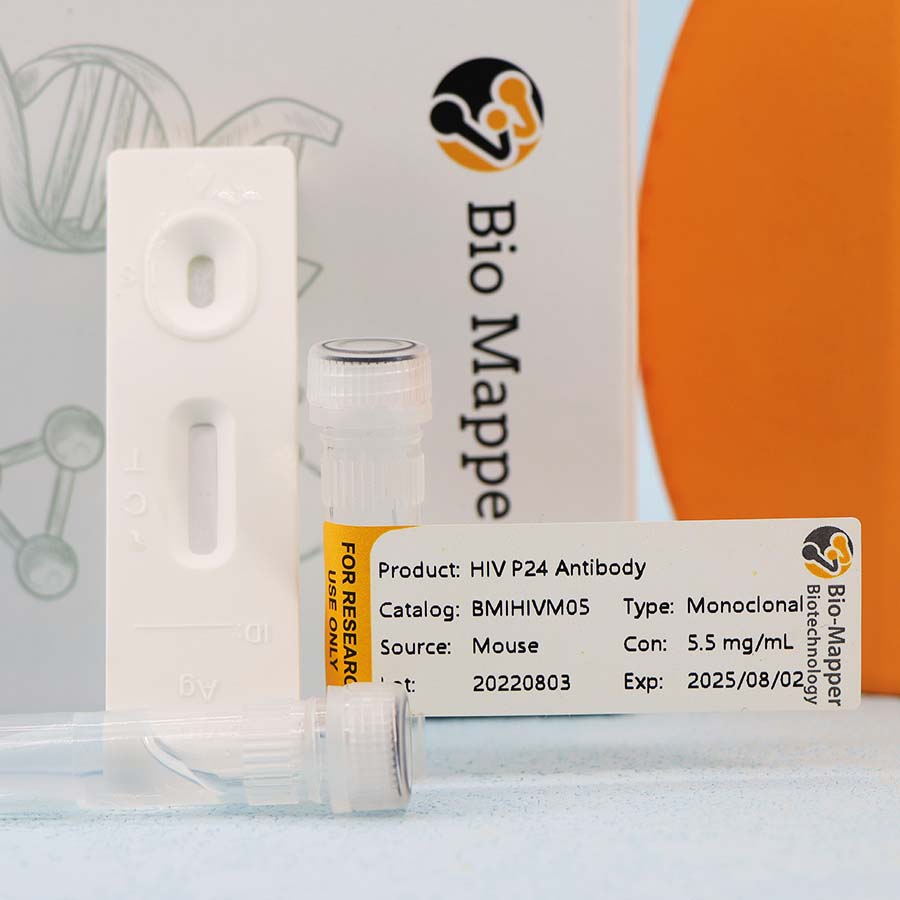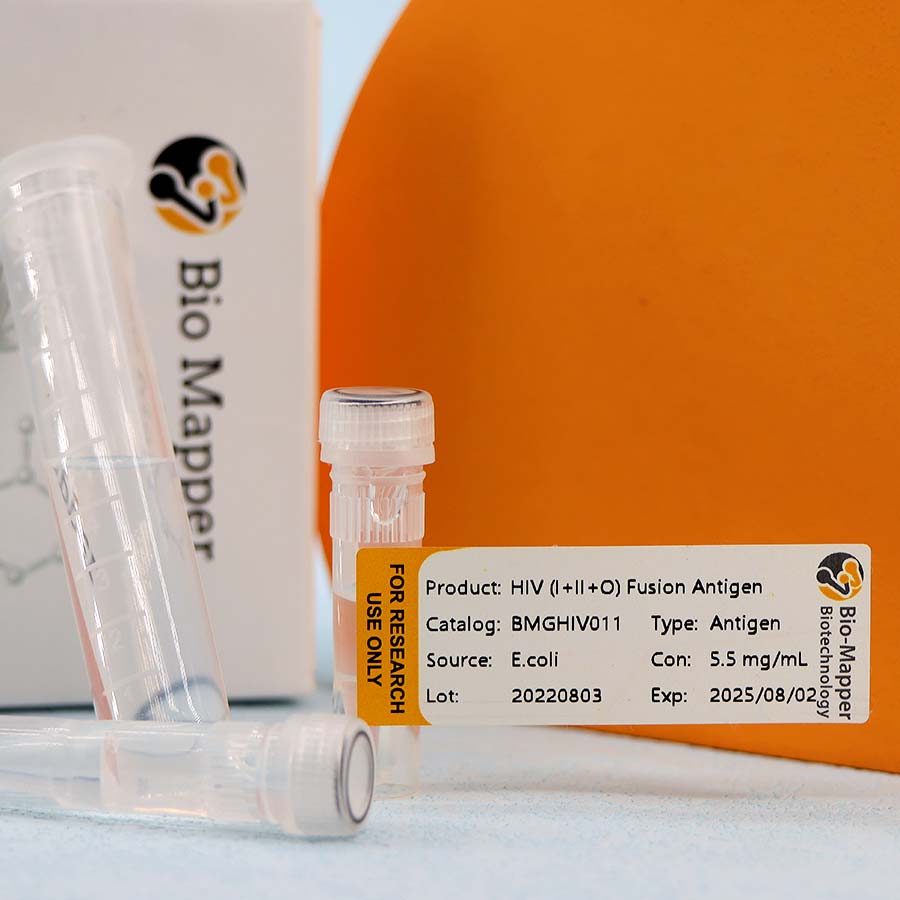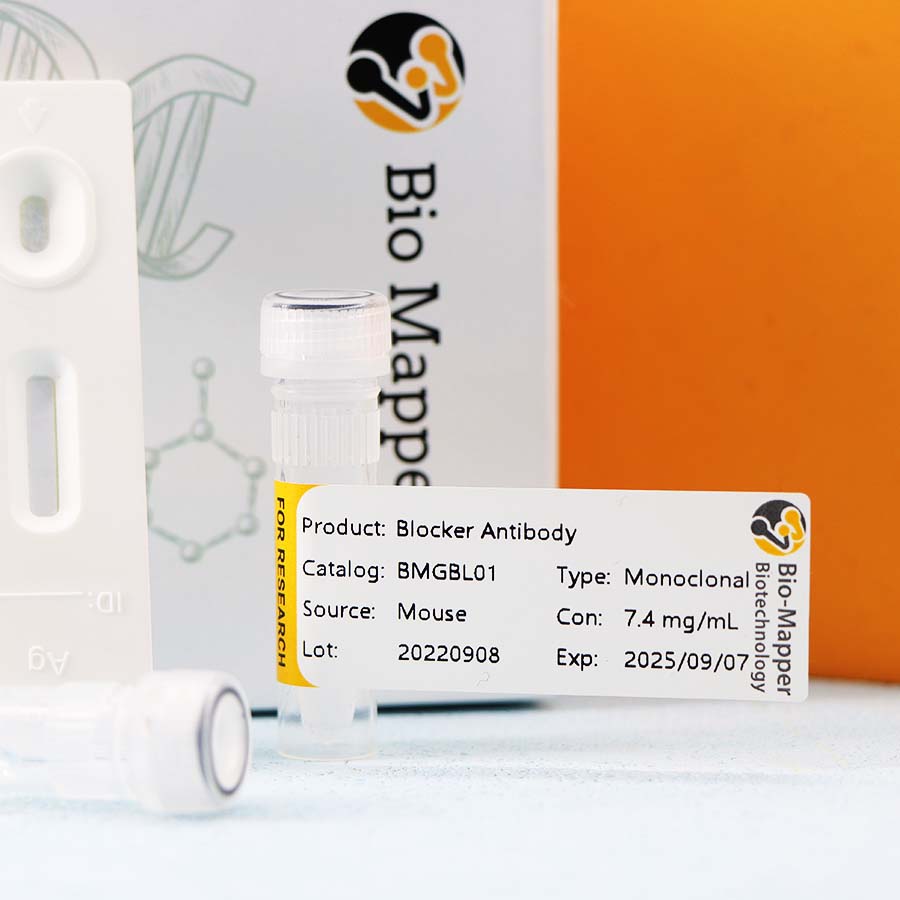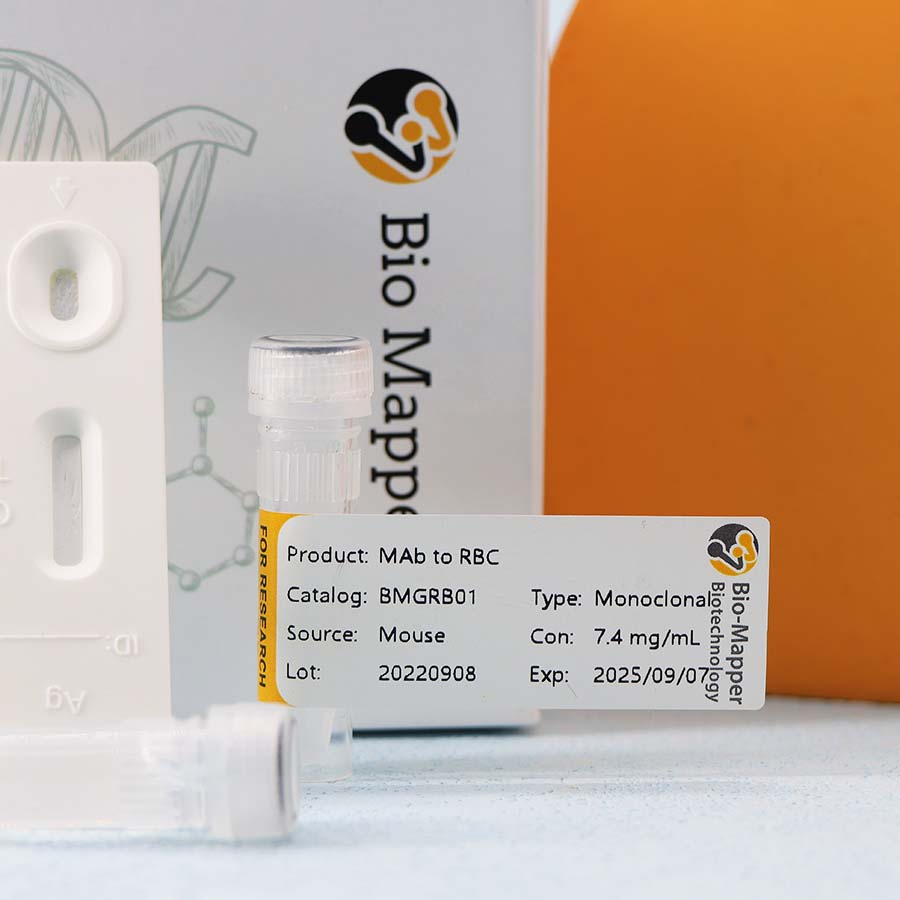Basic information
| Product Name | Catalog | Type | Host/Source | Usage | Applications | Epitope | COA |
| HCV Core-NS3-NS5 fusion antigen | BMIHCV203 | Antigen | E.coli | Capture | CMIA, WB | / | Download |
| HCV Core-NS3-NS5 fusion antigen | BMIHCV204 | Antigen | E.coli | Conjugate | CMIA, WB | / | Download |
| HCV Core-NS3-NS5 fusion antigen-Bio | BMIHCVB02 | Antigen | E.coli | Conjugate | CMIA, WB | / | Download |
| HCV Core-NS3-NS5 fusion antigen | BMIHCV213 | Antigen | HEK293 Cell | Conjugate | CMIA, WB | / | Download |
The pathogenesis of hepatitis C is still unclear. When HCV replicates in the liver cells, it causes changes in the structure and function of liver cells or interferes with the synthesis of liver cell proteins, which can cause degeneration and necrosis of liver cells, indicating that HCV directly damages the liver and plays a role in the pathogenesis. However, many mathematicians believe that cellular immunopathological reaction may play an important role. They found that hepatitis C, like hepatitis B, has mainly CD3+infiltrating cells in its tissues. Cytotoxic T cells (TC) specifically attack the target cells of HCV infection, which can cause liver cell damage.
RIA or ELISA
Radioimmunodiagnosis (RIA) or enzyme-linked immunosorbent assay (ELISA) was used to detect anti HCV in serum. In 1989, Kuo et al. established a radioimmunoassay method (RIA) for anti-C-100. Later, Ortho Company successfully developed an enzyme-linked immunosorbent assay (ELISA) to detect anti-C-100. Both methods use recombinant yeast expressed virus antigen (C-100-3, a protein encoded by NS4, containing 363 amino acids), after purification, it is coated with a small amount of plastic plate holes, and then added with the tested serum. The virus antigen is then combined with anti-C-100 in the tested serum. Finally, isotope or enzyme labeled mouse anti human lgG monoclonal antibody is added, and the substrate is added for color determination.










